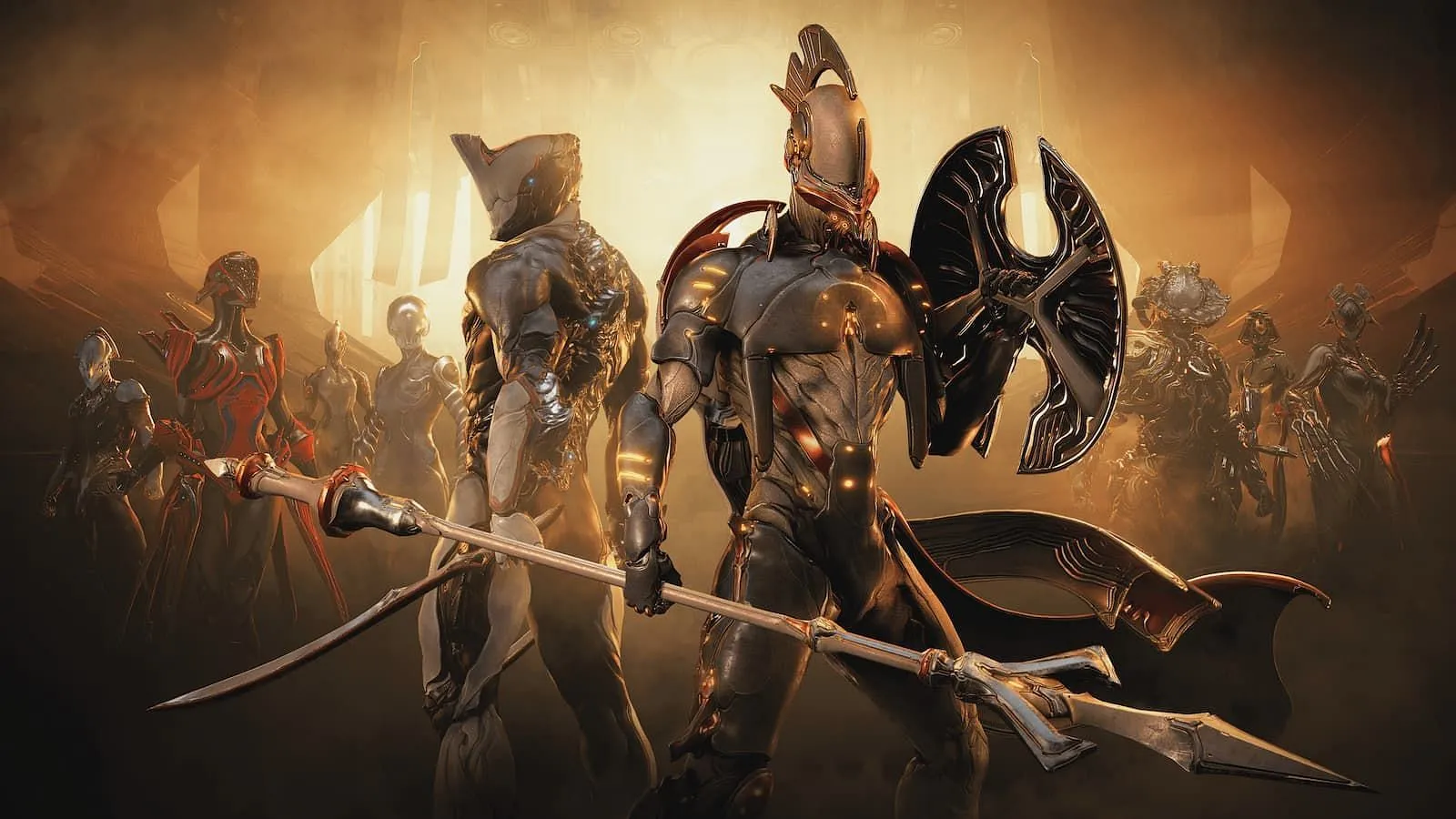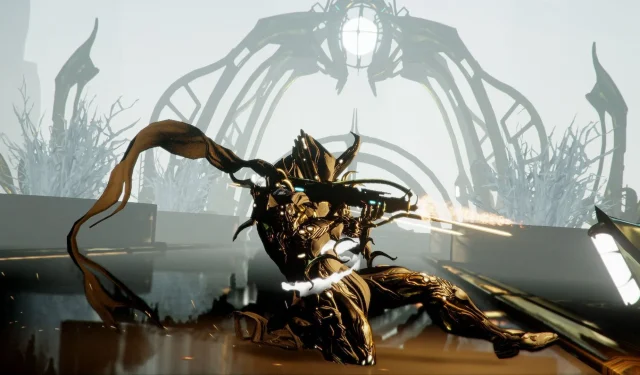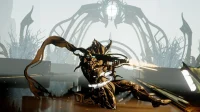The recent Techrot Encore update for Warframe introduced numerous quality-of-life features that enhance gameplay. Yet, a controversial addition has emerged: the Auto-Disband Public Squads feature, which has been critiqued widely since its implementation in patch 38.5. This change may rank among Digital Extremes’ most significant missteps of the year.
Although the developers have occasionally acknowledged the need to roll back this feature due to numerous bugs, they ultimately decided to keep it. This decision has raised concerns among players about its impact on the core cooperative experience that Warframe aims to provide.
Auto-Disband: A Step Back for Team Dynamics

At its heart, Warframe revolves around cooperative play, with teams of up to four players tackling various challenges together. While solo play is a viable option due to the game’s balance, team-based gameplay remains a cherished aspect of the experience, akin to elements found in MMO-lite games.
With the introduction of the new Auto-Disband feature, however, public squads disband automatically after completing each mission—excluding certain missions like Deep Archimedea and Temporal Archimedea. For players who lack a dedicated group of friends or a reliable guild, public matchmaking has been a lifesaver. Although matchmaking still functions effectively, players now face the inconvenience of waiting for a new matchmaking instance for each mission.
This change significantly affects those looking to farm specific Warframes or resources. The farming process often requires repetitive missions, and in many circumstances, multiple players share the same goal. Previously, players could easily find themselves matched with others pursuing the same mission objectives and continue running together. This seamless interaction fostered a sense of camaraderie as teammates would naturally group up for subsequent runs.
With the Auto-Disband feature, however, this opportunity vanishes. Players now need to navigate through menus to invite previous team members back to their squad, which can be cumbersome. Many users may opt to forgo this effort due to the added complexity of the interface.
Furthermore, this features’ implementation limits player interaction. In earlier setups, players often engaged in casual conversations after three or four missions, potentially leading to friendships that extended beyond a single gaming session. Now, with squads dissolving immediately post-mission, opportunities for meaningful post-game dialogue are lost.
This shift is especially disadvantageous for new players who may not have an existing community to rely on. Absent a supportive network, their reliance on a guild or community becomes even more crucial, making it challenging for them to transition into the game.
While some may see the Auto-Disband functionality as beneficial in theory, the drawbacks overshadow any potential advantages. A viable alternative could be to implement this feature as an opt-in toggle, allowing players to choose whether they want squads to automatically disband. The absence of this flexible option raises questions about the developers’ decision-making, particularly for what might be technical reasons that remain unexplained.
Though the developers did not address this matter in Devstream 186, players are hopeful for clarification during the upcoming Reddit AMA scheduled for April 2, where community feedback and concerns will likely be explored.


